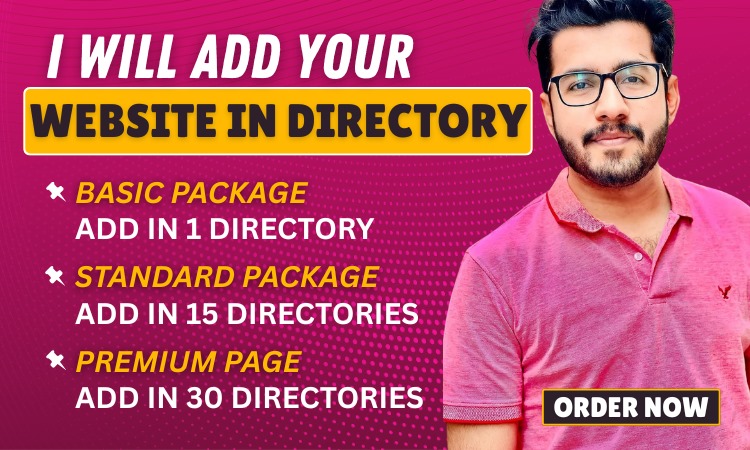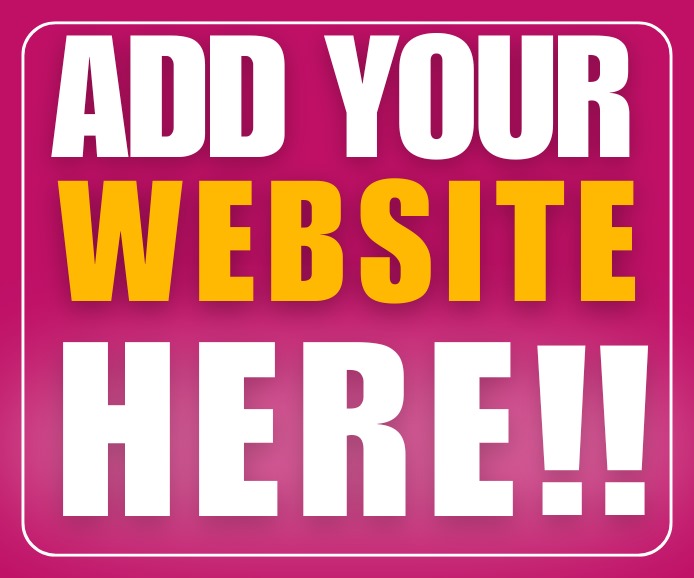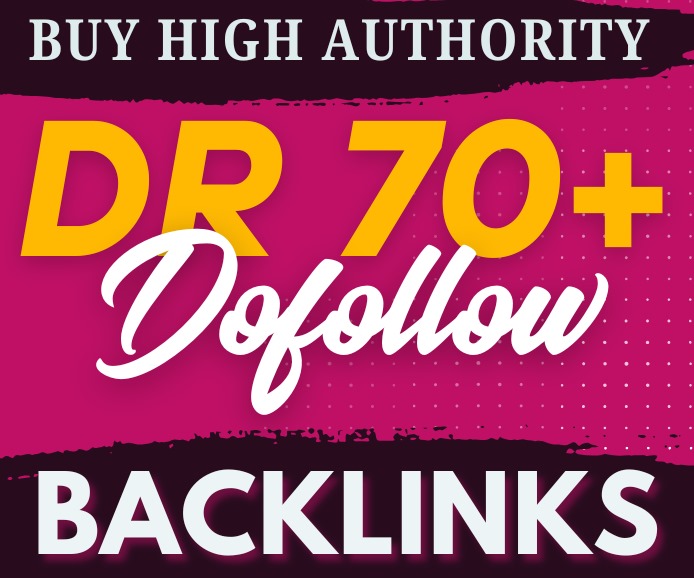Have you ever had a product idea that kept you up at night? Something so exciting, you could see it on shelves or in people’s hands—but you had no clue how to build it? You’re not alone. That’s where a product design consultancy becomes your creative and technical dream team. They don’t just sketch pretty things. They build usable, scalable, beautiful, and functional products that people actually want. This guide will walk you through what product design consultancies do, why they matter, and how working with one can transform your idea into a money-making masterpiece.
What Is a Product Design Consultancy?
A product design consultancy is a team of professionals that helps invent, design, develop, test, and launch physical or digital products. Think of them as the bridge between your brainwave and the real world. They blend creativity with engineering, research with design, strategy with usability. Whether you’re creating a tech gadget, a kitchen tool, or a medical device, a product design consultancy can take your vision and make it real—safely, smartly, and strategically.
Why Product Design Is More Important Than Ever
In today’s fast-moving world, you don’t just need a “good” product—you need one that stands out. You’re competing not just on price, but on experience, look, feel, and emotional appeal. A bland or clunky product won’t survive on the shelf or in the App Store. A great design tells your story, solves a user’s pain point, and fits into their life seamlessly. That’s why smart businesses are investing in design upfront—because it saves money and builds loyalty in the long run.
What Does a Product Design Consultancy Actually Do?
A good product design consultancy offers full-spectrum services, meaning they can take you from “I have an idea” to “We’re mass-producing and shipping.” Here’s what they typically handle:
User and Market Research
Before designing anything, consultancies dig into user needs, market trends, competitor analysis, and product feasibility. This research stops you from creating something nobody wants or already exists.
Concept Ideation
This is where the creative magic happens. Sketches, 3D renders, and blue-sky brainstorming take place to explore what your product could look like and how it might function.
Industrial Design
Here the focus is on form, feel, materials, aesthetics, and ergonomics. How does the product fit in a user’s hand? Does it look premium or playful? Is it intuitive to use? This step combines beauty with brains.
Engineering and Technical Design
Once it looks good, it needs to work well. Consultancies bring in mechanical, electrical, and software engineers to make sure the design functions as expected in the real world. That includes electronics, joints, buttons, screens, and software—all working in harmony.
Prototyping and Testing
You can’t know if something works until you test it. Prototypes are built—sometimes rough, sometimes refined—and tested for durability, usability, safety, and overall user satisfaction.
Design for Manufacture (DFM)
This step ensures your design is not just innovative, but manufacturable. Can it be mass-produced without breaking the bank? Will it survive shipping? Can it be assembled easily? DFM tackles those critical questions before production.
Supplier and Manufacturing Support
Some consultancies even help you source suppliers, communicate with manufacturers, and monitor quality control. They’ve got global networks to help you find the right factory at the right price.
Why Work with a Product Design Consultancy Instead of Hiring In-House?
Because building a product is complicated, and time is money. Hiring an internal team of researchers, designers, engineers, and project managers is expensive, slow, and hard to manage. A consultancy brings a ready-made, battle-tested team to your project. They’ve done this before—probably dozens or hundreds of times. You’re not starting from scratch; you’re fast-forwarding through the learning curve.
The Key Benefits of Hiring a Product Design Consultancy
Speed to Market
A consultancy can move faster because they already have the tools, people, and process in place. You don’t waste time figuring it out—they already did.
Reduced Risk
They catch problems early: design flaws, production issues, user complaints. Better to find them in testing than after 10,000 units hit the warehouse.
Innovation
Good consultancies work across multiple industries. That means they can bring fresh ideas from medical, consumer, industrial, or digital worlds to your project. They connect dots you didn’t even see.
Focus on ROI
You want a product that sells, not just a pretty prototype. Consultancies understand market positioning, pricing strategy, and user satisfaction. They build with business results in mind.
Scalability and Flexibility
Need a full-service partner? Great. Just want a prototype? That’s fine too. Consultancies scale up or down based on your needs and budget.
Which Industries Use Product Design Consultancies?
Short answer: all of them. But some industries rely heavily on external design talent due to complexity, regulation, or rapid innovation.
Consumer Electronics
Wearables, smart home devices, audio equipment—these all demand sleek aesthetics, cutting-edge tech, and seamless user interaction. Design is everything here.
Healthcare and Medical Devices
Usability and safety are critical in medtech. Consultancies help create tools that save lives and meet strict compliance standards.
Homeware and Appliances
From coffee makers to vacuum cleaners, people want things that look good, work well, and last long. Smart design makes that happen.
Industrial Equipment
Even factory tools benefit from ergonomic, efficient design. Workers are users too.
Automotive and Mobility
Vehicles and accessories must be tough, intuitive, and sometimes beautiful. Design consultancies help create the next wave of mobility solutions.
When Should You Hire a Product Design Consultancy?
At the Idea Stage
This is ideal. Bring them in early, and you’ll avoid costly pivots later. They’ll help you validate the idea before you’ve spent big.
After a Failed Prototype
Something went wrong. That’s okay. A consultancy can step in, troubleshoot, and redesign based on what you learned.
When Scaling Up
Maybe you’ve got a working prototype but need help making it ready for mass production. This is where DFM expertise shines.
When Rebranding or Modernizing
Sometimes a fresh design is all a tired product line needs to make a comeback. Consultancies excel at breathing new life into aging designs.
How to Choose the Right Product Design Consultancy
Check Their Portfolio
Do they have experience in your category? Do you like the look and feel of their past work? Look for depth and versatility.
Ask About Their Process
A good consultancy will walk you through their methodology. You should know what happens at every stage, from research to launch.
Evaluate Their Team
Ask who will actually work on your project. Senior-level designers? Junior interns? Make sure you’re getting the A-team.
Look for Real-World Impact
Do their products succeed in the market? A beautiful concept that never sold is not a win. Look for proven results.
Communication is Key
You’ll be in constant contact, so make sure they listen, respond quickly, and respect your input. Chemistry matters more than you think.
Spotlight: Oxford Product Design
Oxford Product Design is a UK-based product design consultancy known for delivering award-winning solutions across consumer, industrial, and medical sectors. Their team includes industrial designers, mechanical engineers, electronics experts, and manufacturing specialists. From idea validation and prototyping to mass production and product launch, they offer end-to-end support. What sets them apart is their ability to solve complex problems creatively while delivering practical, manufacturable solutions that users love and businesses profit from.
Common Mistakes to Avoid When Working with a Consultancy
Skipping User Research
Assuming you know your users is a recipe for disaster. Always start with real data and feedback.
Micromanaging the Process
Hire the experts and let them do their job. Stay involved but don’t stifle creativity.
Ignoring DFM Early On
Design for manufacture isn’t just a last step. Start thinking about production from day one or risk costly revisions.
Changing Scope Constantly
Scope creep kills budgets and timelines. Define goals early and stick to them unless absolutely necessary.
Conclusion
Building a successful product isn’t about luck—it’s about having the right people guiding you. A great product design consultancy doesn’t just deliver drawings or mockups. They become your partner in innovation, pushing your idea to be better, stronger, and more profitable. Whether you’re inventing something from scratch or optimizing an existing product, working with a consultancy could be the smartest move you make. So the next time you say, “I have an idea,” you’ll also know who to call to bring it to life.
FAQs
1. How much does it cost to hire a product design consultancy?
Costs vary depending on scope and complexity, but expect to pay anywhere from $10,000 to $100,000+ for end-to-end development.
2. Will I own the intellectual property for the product?
Most consultancies assign IP to the client, but always confirm this in your contract before starting.
3. How long does it take to develop a product?
Timelines vary, but a typical product development cycle can take 3–9 months depending on complexity and testing needs.
4. Can startups afford to work with design consultancies?
Yes! Many consultancies offer flexible pricing, phased projects, or even startup-friendly packages. Think of it as an investment, not an expense.
5. Do design consultancies handle manufacturing too?
Many do. While some stop at prototyping, others help you find suppliers, manage production, and ensure quality control all the way through to shipping.




